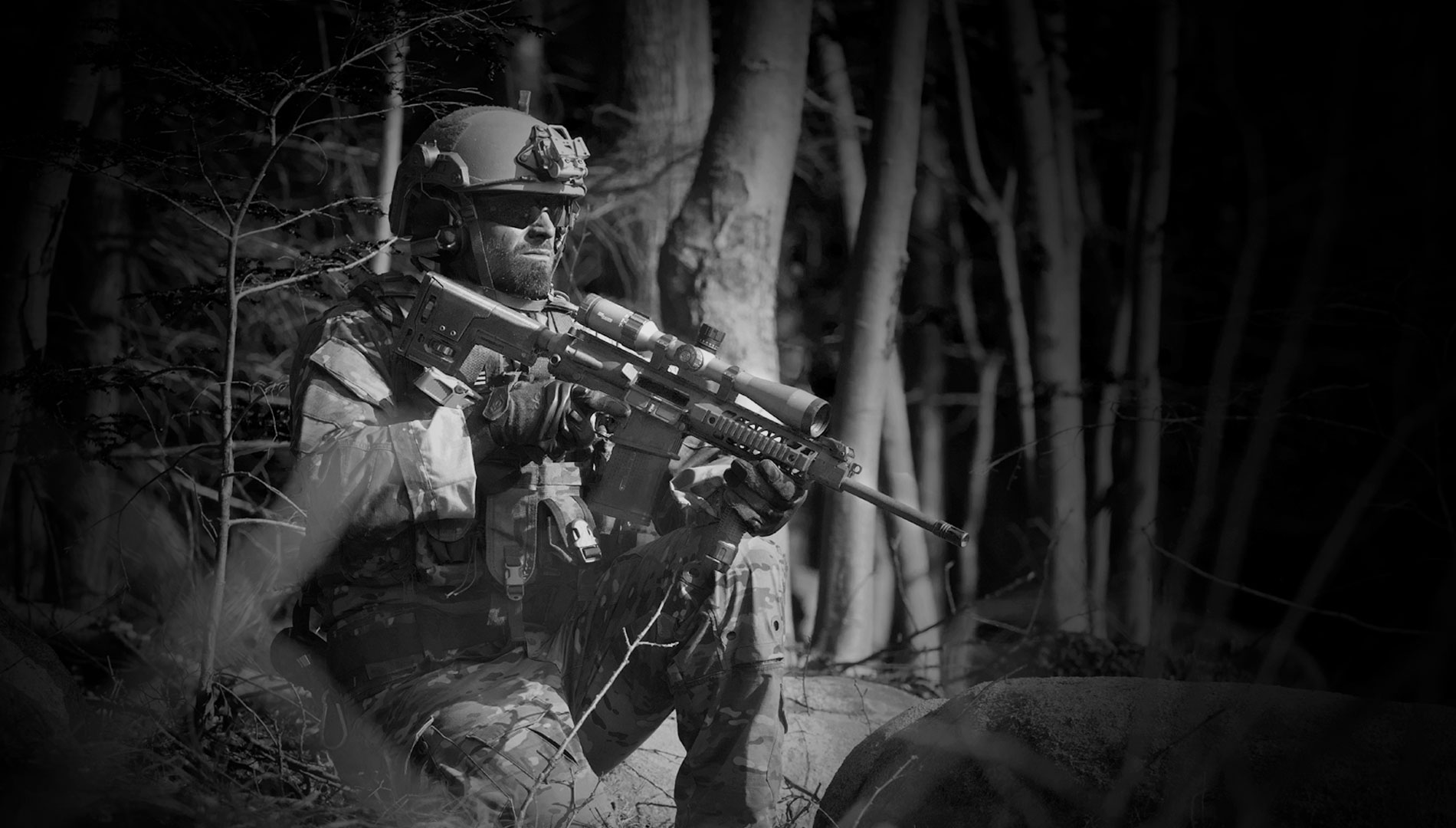How to organize and implement the different missions of a group of combatants? How does the group leader define the objectives and protocols to be applied? How can a group or a pair of isolated fighters ensure its autonomy and remain proactive, even when separated from its leaders and its base? We will discover (and for some rediscover) the fundamental actions of the fighter in direct contact with the enemy, through a simple explanatory & a set of diagrams (coordination, articulation, reflex actions, various commands ...).
In addition to the technical aspect of the document and the presentation of a set of diagrams that will allow you to have at hand a useful "memo" that can be adapted to the different scenarios you may be confronted with, this extract from the TTA 150 (published by the French armies) is intended to be a perfect basis for establishing the training scheme for combatants (from the soldier to the group leader), to inculcate in him the basics of infantry, and, more generally, to make him aware of his quality as a warrior.
In the introduction, a reminder of the "obligations" (in quotation marks, since a warrior's accomplishment and his ability to go the distance is a combination of factors) of the combatant and his leader. It is interesting to note that a small paragraph includes the obligations agreed to by France under the Geneva Conventions (even if the framework of a civil conflict on its own territory does not easily lend itself to the respect of the obligations in question).
The three following chapters indicate (and differentiate) the "reflex acts", the "elementary acts" and the main missions of the pairs. It is in this section (modest in volume) that the trainers will be concentrating the first modules of the training scheme, with in particular :
- Move, position yourself & use your weapons
- Navigate in time and space
- Provide intelligence and keep in touch with his boss and base
- Shelter, hide and hide
- Defend yourself, secure a point or area
- Cross the lights and keep the fire rolling
Then come the "good practices" and the basic protocols that allow the command of a team, a group (a group being a set of teams - from 2 to 4) or a section. We skip the intrinsic qualities of a leader to focus on one of the major aspects of an optimal group: its mobility and its capacity to be autonomous (in its decisions at the tactical level, in its logistic support...). The emphasis is put (with diagrams) on one of the main missions of a group, the patrol. How to ensure the movement of men, how to modify it according to the imperatives of the ground or the detection of hostile elements, how to ensure an effective and simple chain of command...
The specific features of CBRN or anti-aircraft (which are discussed in the document) are not essential concerns of a constituted militia that does not have the resources of a national army, either in terms of logistics or in terms of reaction capacity. Nevertheless, the recommendations of this document can be transposed through the prism of technologies and chemical or biological elements that would inevitably be used in case of a collapse of normal life: drones, IEDs, weed killers, improvised incendiary bombs... And train the men to take into account this type of threat. Moreover, this type of risk reminds us of a key element: a hostile is a hostile, it is essential not to underestimate a force that is opposed to you.
Logistics! We already approached this absolute, this graal of any combatant, without which nothing is conceivable. Generally articulated and implemented at a higher level, the configuration of a militia engaged in a civil conflict must make of it the principal concern (after the combat in itself) of the leader of "section" - or of the constituted group which approaches in volume a section. Each action must be subject to a PRELIMINARY control of the means implemented, according to:
- Expected duration of mission before return to base
- The type of mission - and therefore the risk potential
- Physical constraints suffered by the group
- Of the "comfort margin" that it is reasonable to take
- And of course the nature of the land borrowed
The end of the document presents a very interesting scheme: "low intensity" combat in the crisis phase - that is, after civil peace and before a total collapse of normality, with a technical approach to the search, the checkpoint & the control. This type of "police" work refers us to the works of Colonel Trinquier and Captain Galula (to be read for latecomers and reread for those who have forgotten).
In short, security, reconnaissance, logistics, defense, area interdiction, the chain of command, the ability to be autonomous... Enjoy your reading!

